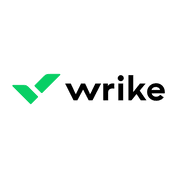RedmineUP is a Project Management Software. RedmineUP offers Timeline View, Project Templates, Idea Management, Kanban Board, Time & Expense Tracking and many more functionalities.
Some top alternatives to RedmineUP includes Quickbase , Smartsheet, ClickUp, Jira and Project Insight.
Yes, RedmineUP provides API.
No, RedmineUP doesn't provide mobile app.
RedmineUP is located in Yerevan, Armenia
RedmineUP offers Subscription, Quotation Based pricing models
The starting price of RedmineUP is $69/Month when Billed Yearly




















